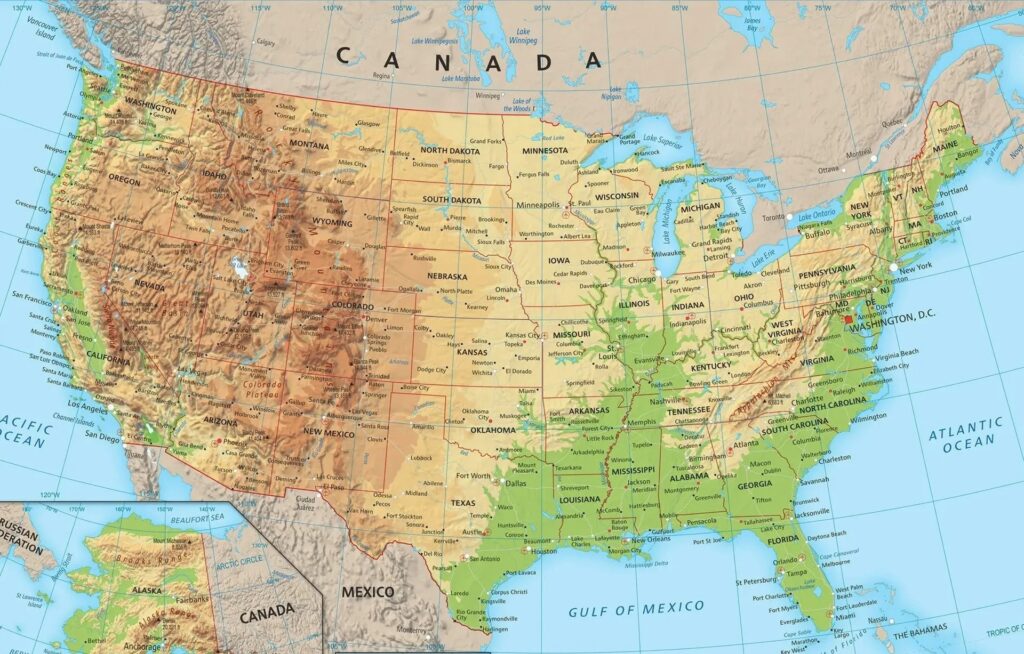PRESERVE YOUR CEMETERY'S LEGACY
CEMETERY MAPPING SERVICES
We offer detailed insights about your grounds with our advanced cemetery mapping capabilities.

There are many challenges that come with effectively operating a cemetery:
INCOMPLETE, INACCURATE, AND CONFUSING DOCUMENTATION:
In many communities, cemetery data is documented in spreadsheets, handwritten and typed books, coffee-stained maps, and even only known by one individual. Managing a cemetery with this kind of disjointed data can cause headaches for those running the cemetery and even frustration for the public.
UNCERTAINTY ABOUT THE LOCATION OF UNMARKED BURIALS:
How sure are you that the open spaces in your cemetery are actually unoccupied? Requests coming in for burial space may conflict with unmarked burials that are not identified.
DIFFICULT TO SHARE INFORMATION WITH THE COMMUNITY:
With the growing interest in genealogical research, cemetery managers are fielding requests for information from the public and have few good options for readily sharing that information.
WORKING WITH INCORRECT RECORDS COMPOUNDS ERRORS:
Decision-making using inaccurate and inconsistent records leads to errors, and those errors lead to more errors.
How we can help:
We come to your site to conduct document review, field observations, stakeholder discussion, and GPS collection, and we combine that information to create accurate cemetery documentation.
GPR Cemetery Mapping
Our GPR cemetery mapping service prevents unwelcome surprises by using state-of-the-art ground penetrating radar (GPR) equipment to discover and record the location of unmarked burials.
Interactive Cemetery Map
We create an interactive WebMap of your cemetery that is accessible from any device with an internet browser.
GPS Graveyard Map
Our GPS cemetery mapping service incorporates a high-accuracy GPS collection of detailed cemetery features, which generates new, authoritative documentation that can be easily updated as needed.

OUR CEMETERY MAPPING SERVICES ARE AVAILABLE ACROSS THE U.S.

CEMETERY MAPPING IS A VITAL TOOL FOR CEMETERY MANAGERS
Cemetery preservation not only honors the departed, but also ensures that it will continue to convey its inherent social, cultural, and historic values to future generations of the community’s residents.
Cemeteries contain information on the area’s social, cultural, and historical heritage while providing genealogical data and information on the history of a particular place, religious practice, and lifestyle. They also display the folk art of tombstone carving and preserve the natural features of the landscape.
Cemetery mapping is a vital, foundational step in historic cemetery preservation by creating an accurate burial plot map and documentation of the cemetery’s features, as well as identifying needs for future restoration.
GPS/GPR cemetery mapping will increase interest in your cemetery with a new audience. It will bring a new audience and potential customers to your cemetery. As a business, you will have a comprehensive burial plot map and a thorough list of your inventory and be able to optimize the space remaining in your grounds. Cemetery mapping is a vital tool for historic cemetery preservation, recognizing your history, and supporting your future, and it plays an integral part in your local community’s story.
START PLANNING FOR THE FUTURE OF YOUR CEMETERY
Contact Us To Learn More About Cemetery Mapping
Tell us a little about your cemetery:
We provide mapping services across 48 states!
Contact Information:
Drop us a line, and we will contact you soon to follow-up.

- Call us at (828) 273-3516
- Click here to email us
